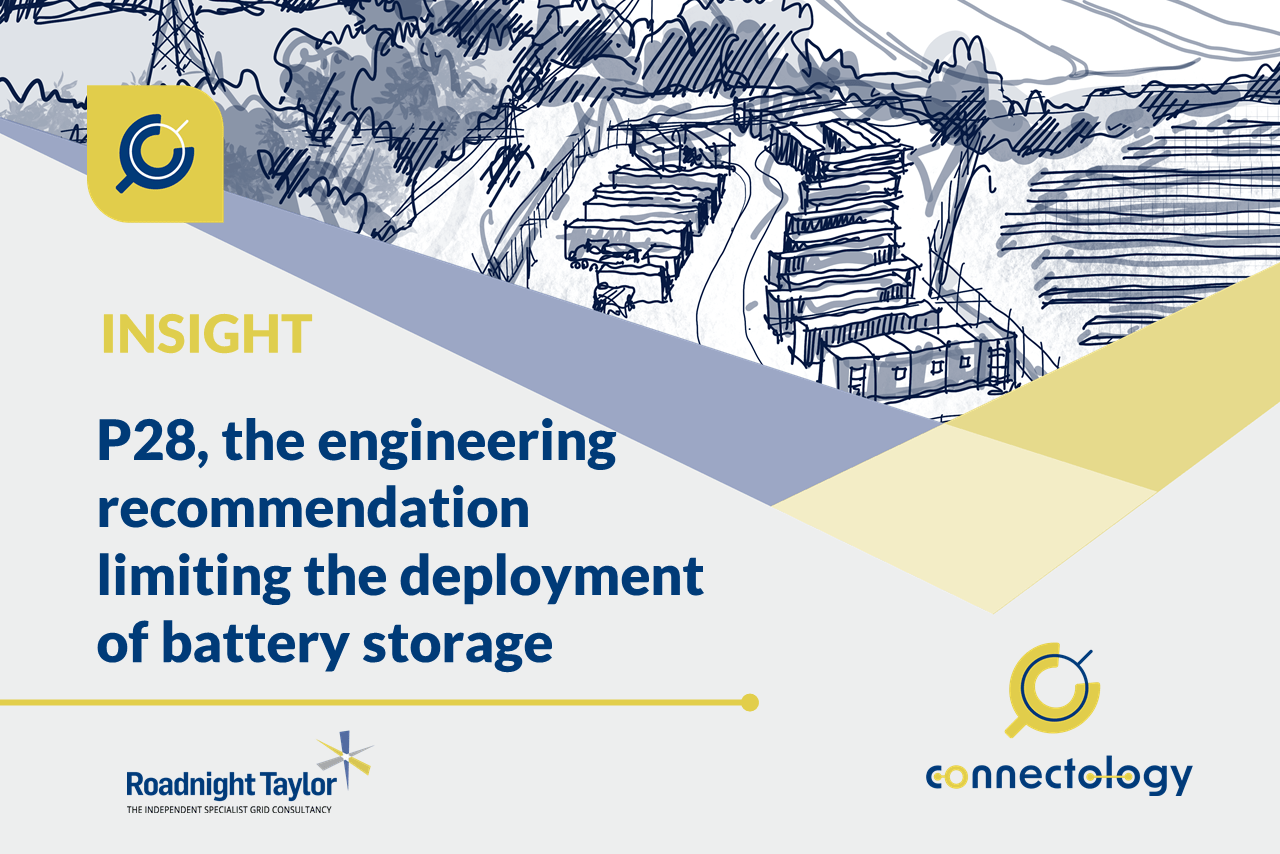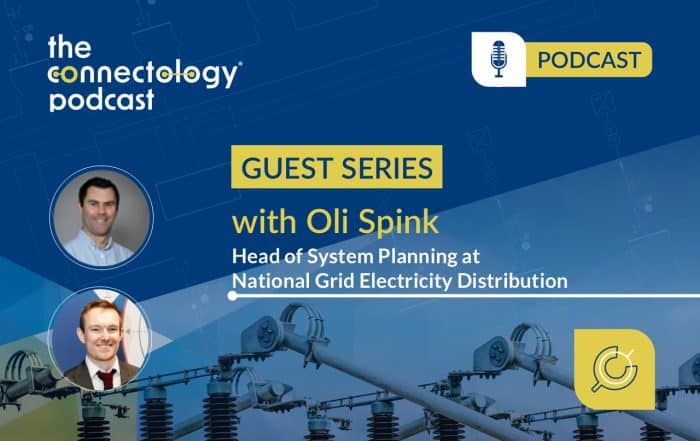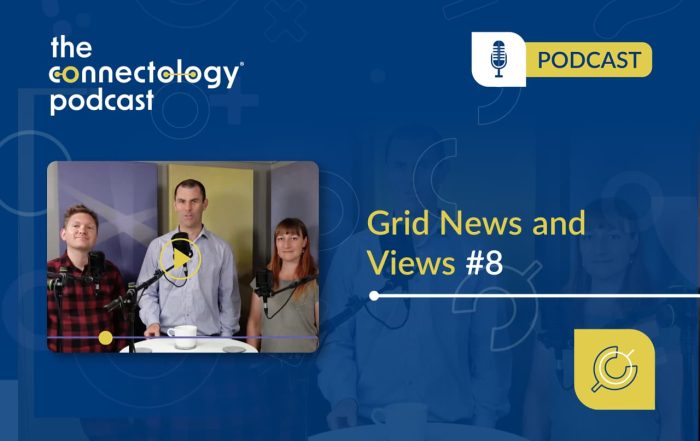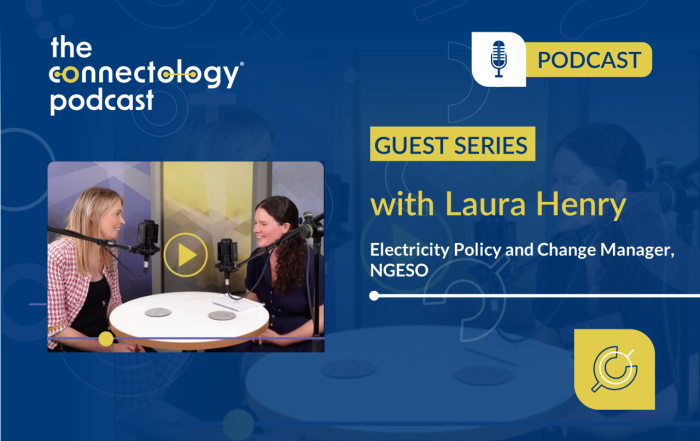P28, the engineering recommendation limiting the deployment of battery storage
Interpretation by some Distribution Network Operators (DNOs) of an Energy Networks Association engineering policy – Engineering Recommendation P28 – is threatening the deployment of battery storage schemes across large parts of the GB network. As this presents a barrier to the UK achieving its 2050 net zero target, this has sparked an urgent debate, and one which Roadnight Taylor is proud to be influencing.
Pete Aston, one of our Connectologists®, has authored a paper on behalf of the Electricity Storage Network (ESN) compiling views and experiences of these issues from Roadnight Taylor and other ESN members. Pete then delivered the paper and represented the industry on the Distributed Energy Resource (DER) Technical Forum, attended by DNOs and industry members, and managed by the Energy Networks Association (ENA).
Whilst heading up the extra high voltage system design team at Western Power Distribution (WPD), Pete was himself responsible for WPD’s own interpretation of P28 in response to the increasing deployment of large-scale battery energy storage systems (BESS).
Battery swing and rapid voltage change
The issue concerning DNOs is that of the rapid change in voltage caused by the simultaneous swing of multiple BESS systems on a related part of the network.
Section 8.9 of the ENA’s Engineering Recommendation P28 – “Voltage fluctuations and the connection of disturbing equipment to transmission systems and distribution networks in the United Kingdom” – is a section dedicated to Energy Storage.
What has been the DNO response?
In response to Section 8.9, Electricity North West (ENWL) and Northern Power Grid (NPG) have both applied a 3% voltage step change limit to the coincident swing of all batteries across a Grid Supply Point (GSP) group. Whilst this is perhaps a legitimate interpretation of P28 as written, the consequences are significant.
Approximately three to four GSPs in each of ENWL and NPG (at the time of writing, so there could now be more) are effectively closed to new applications for BESS. Offers and budget estimates have been issued for Points of Connections (POC) up to 70km away from BESS sites, onto GSPs that are not currently restricted. Such long distances make schemes unviable and are thus limiting the development of schemes.
This issue materialised in December 2021 (presumably as DNOs projected that accepted grid offers for BESS projects, if connected, would cause the 3% limit to be exceeded for the first time) and resulted in numerous wasted applications and lost application fees. It is believed that there are no other significant capacity restrictions on these GSPs, which makes this new restriction all the more difficult for developers to accept.
It is a logical step to assume that most GSPs in the ENWL and NPG regions will be blocked to new battery applications during 2022, as more BESS scheme offers are accepted.
However, both ENWL and NPG say their policies only relate to battery schemes entering frequency response markets and that could swing at the same time in relation to changes in system frequency. Battery schemes that will only seek arbitrage revenues would, all things being equal, be able to connect.
To date, ENWL and NPG are the only DNOs applying this interpretation of P28 – although it is possible that other DNOs may follow suit.
Technical considerations for DNOs
On a policy such as this, with significant implications for the roll out of battery systems and meeting net zero targets, all DNOs should be taking a unified approach – and where possible developing approaches that allow maximum roll out of renewable energy and storage.
In order to provide consistency and to release as much capacity as possible for battery schemes, the ENA needs to change the wording of P28, or write a briefing note (agreed between all the DNOs) as to how P28 should be interpreted. It is likely that both actions are needed, as the briefing note could be completed quickly, whereas changing P28 is time-consuming.
Many technical considerations should inform the agreed approach, which were detailed in Pete’s proposal paper. These included:
- the relationship between deviation in system frequency and the percentage swing of a battery system
- the balance of needing to manage system frequency against limiting occasional large voltage step changes for customers
- provision of clarity on outage conditions
- the GSP group size that is assessed
- the power factor of the battery systems and agreeing the ramp rate of reactive power
Pete also suggested that DNOs currently applying the 3% limit for coincident battery swings, should publish this information on their website, and show on their heat maps which GSPs are currently restricted (and the MW headroom for additional battery capacity on the other GSPs).
Update – May 2022
On 21 April 2022, ENWL wrote to customers via an email (so possibly only a small selection of customers, and maybe only those who had previously had applications withdrawn due to the P28) to say that from 3 May 2022 new battery connection applications will be assessed against a revised calculation method, with a view to releasing capacity.
This is good news, and we praise ENWL for responding to this issue, to benefit their customers.
However, the details of how the calculation method has changed is unknown and ENWL need to provide more detail. This would help connecting customers make their own assessments and will promote the conversation with other DNOs.
Other DNOs need to follow suit and respond to the feedback by customers to change not only customer services practices, but also to change their interpretations of technical recommendations to better facilitate new connections.




